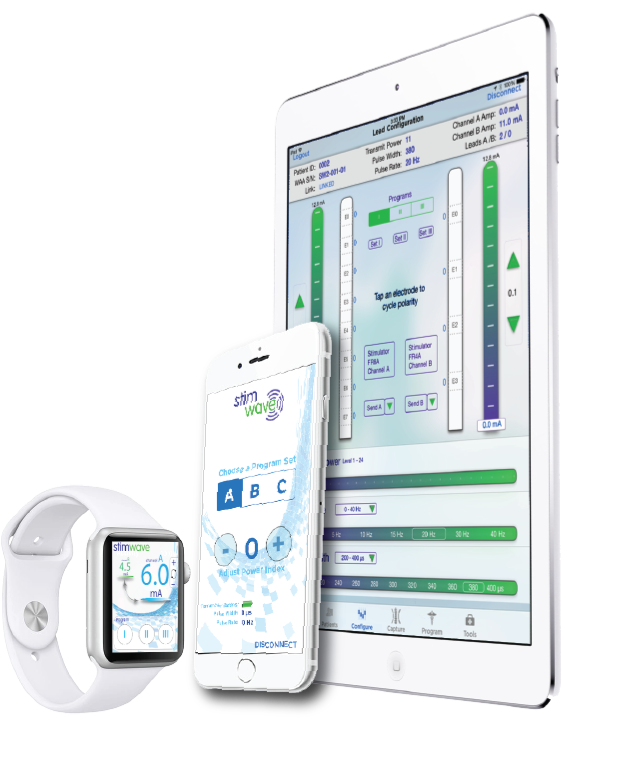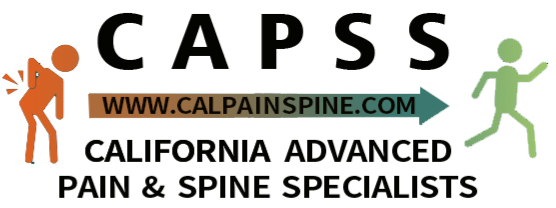Shoulder Pain
Shoulder pain can make a simple act — brushing your hair, reaching behind your back, or grabbing something overhead — seem like a monumental task.
As the shoulder joint is built to rotate in several directions, it is prone to injuries that can trigger pain. It is also one of those joints that are affected by osteoarthritis–a degenerative joint disease.
If your shoulder is hurting, chances are that you have a fracture, instability, a dislocation, arthritis, tendonitis, or a rotator cuff problem.
Common Causes of Shoulder Pain
As your knee joint, your shoulder boasts a ball-socket joint that enables your arm to roll in all directions. There are also the rotator cuff muscles that allow the shoulder joint to move and stabilize. Due to the complex structure of your shoulders, they are prone to certain disorders and injuries.
ROTATOR CUFF IMPINGEMENT:
A rotator cuff impingement happens when there is irritation, inflammation, or compression of the tendons or bursa (the fluid-filled sac that sits between bones) in the shoulder. An impingement can be caused by an injury, but it can also just result from general wear and tear from daily life.
ROTATOR CUFF TEARS:
A tear in the rotator cuff will produce pain that is similar to an impingement, but is also associated with weakness. A tear can be partial, whereby only part of the tendon is ripped away from the bone it is attached to. Or there can be a full tear, causing the tendon to completely separate from the bone. Although younger people can have rotator cuff tears, they become more common as people age. Compared with impingement, a tear is more likely to be caused by an injury. Common causes include falling on the ice, getting pulled by a dog on a leash, or tripping and landing on your shoulder.
CALCIFIC TENDINITIS:
Pain from calcific tendinitis comes from calcium deposits embedded within the rotator cuff tendons. While it’s unclear exactly what causes these deposits to form, some experts believe they may result from a healing process in the ligament gone awry. The condition causes sudden, severe pain that often starts in the morning. It’s more common in middle-aged and older adults and those who have diabetes.
ADHESIVE CAPSULITIS:
Commonly referred to as frozen shoulder, adhesive capsulitis is caused by a thickening and stiffening of the tissues around the shoulder joint. It’s typically develops in people ages 40 to 60. Frozen shoulder is more common in women than in men and in people with certain medical conditions, such as diabetes, high cholesterol, or thyroid disorders.
OSTEOARTHRITIS:
While osteoarthritis affects the shoulder less often, it’s not uncommon. The condition develops when cartilage cushions between the bones in the shoulder erode, causing the bones to rub against one another.
Treatments for Shoulder Pain

Stimwave Therapy
Stimwave therapy uses a wireless and fully programmable device to deliver stimulation to your nerves to treat pain at its source. The device is placed with a needle next to the target nerves. You control the stimulation with a Wearable Antenna that can be clipped to your clothing. The stimulation can be programmed to personalize your pain relief on your cell phone.
Stimwave therapy can target pain anywhere on your body. With Stimwave therapy, you can experience relief from your pain, decreased medication usage, and an improved quality of life.
NSAIDs
These are anti-inflammatory medicines and their work is to decrease pain, swelling and inflammation. They provide relief by blocking the production of given body chemicals that trigger inflammation. Once you control pain, you can continue functioning normally until your rotator tears heal.
Cortisone injections
If conservative care treatments are not good at treating your rotator cuff tear, steroid-based cortisone injections might be administered in the shoulder bursa area–just above the tendon. These injections are able to reduce discomfort, break continuous bursal irritation, and get rid of swelling. At the same time, cortisone injections enable people to do strengthening exercises.
Hyaluronic acid injections
These injections allow joint lubrication and reduce joint inflammation and pain. They are mainly used to improve the shoulder gliding process and minimize pain and inflammation. As hyaluronic acid injection involves the use of a natural joint lubricant, it acts as a great replacement for the natural synovial fluid, which is lost due to a degenerative joint disease.
Let Us Help You

